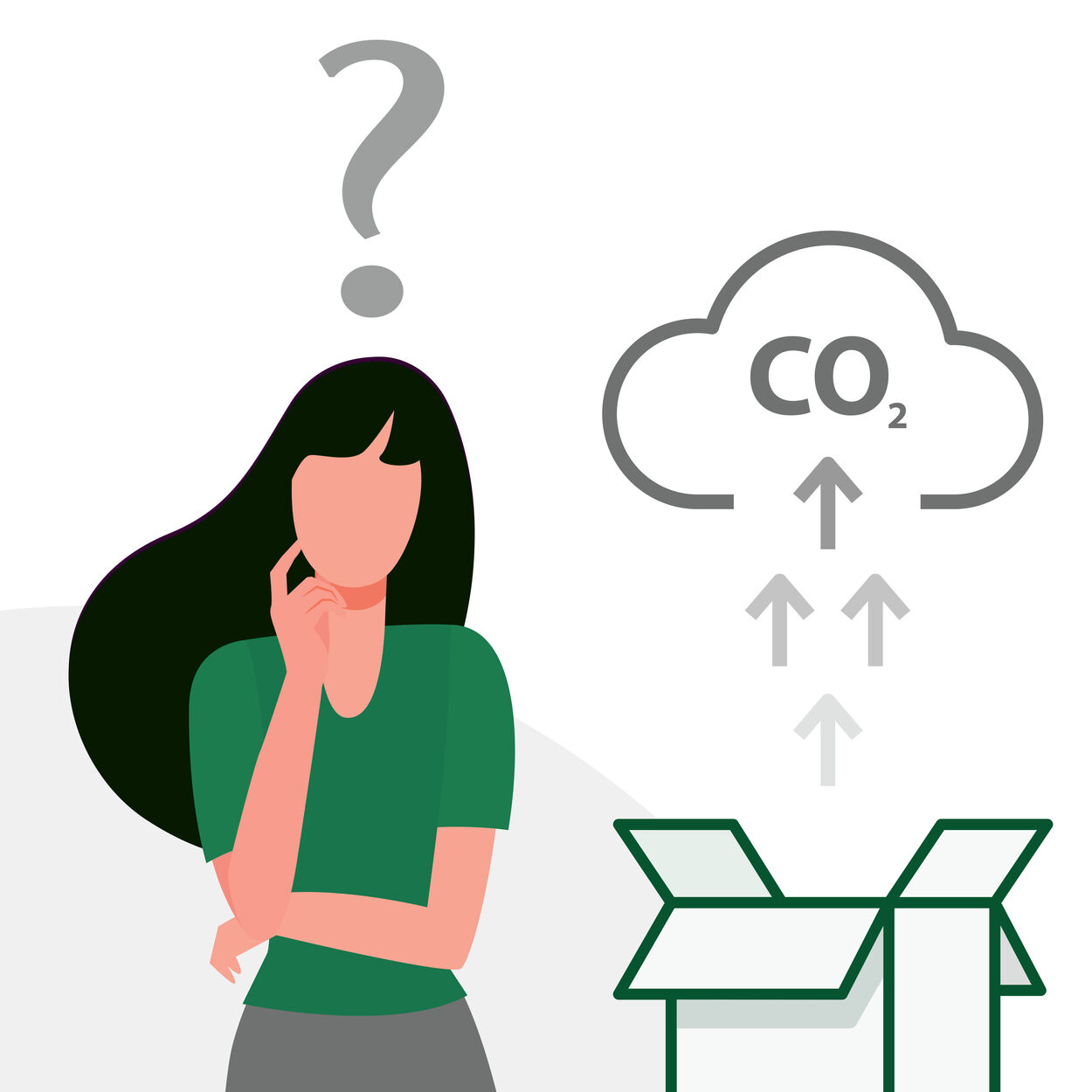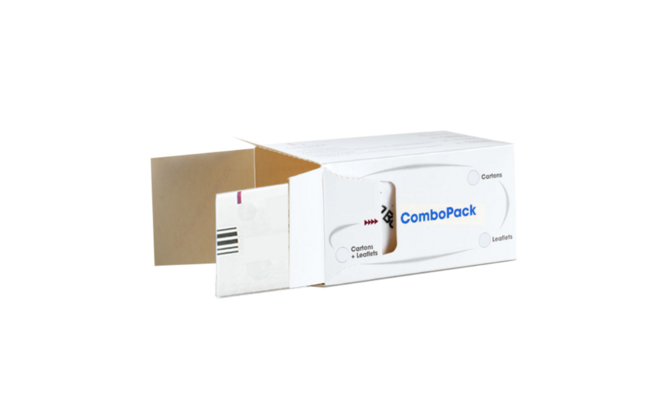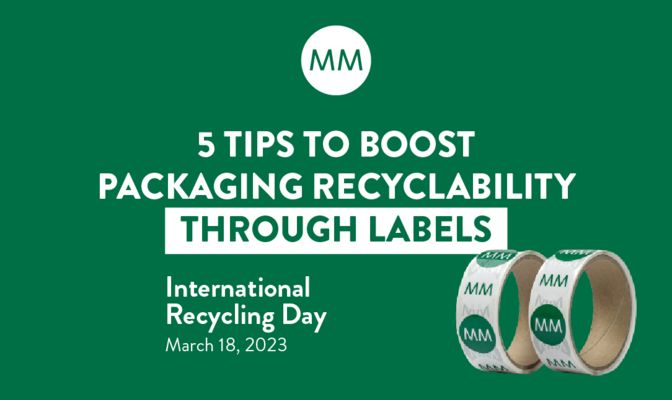How much CO2 is there in my packaging?
17.04.2023
How the MM Group prepares life cycle assessments for its packaging solutions for customers.
Before wood can become a finished folding box, the material goes through a complex production process. Energy and raw materials are consumed in the process, and residues are sometimes produced. All this has an impact on the carbon footprint. Thanks to the life cycle assessment, MM provides its customers with transparency about its size - along the entire life cycle. But what's behind it?
1. Defining the objective and scope of the study
The usual investigation framework is a so-called cradle-to-gate approach. It covers the entire CO2 balance of a box – from the cultivation of the raw material to the time it leaves the factory gate, taking into account the corresponding disposal. (Cradle-to-Cradle).
2. Creating a life cycle inventory
The material and energy flows are determined:
Which raw materials (such as cartonboard, printing colors, foiling, etc.) go into the product, how much energy is required for this? What is the output? (Product itself, waste etc.)
Important: influences upstream in the process are also taken into account, such as how much energy was used to produce the printing colors or the cartonboard itself. The life cycle inventories are then modelled in life cycle assessment software.

3. Carrying out an impact assessment
The best-known impact category is the greenhouse gas potential. In a product system, there are other greenhouse gases in addition to CO2 such as methane (CH4). It has a 28 times higher climate impact than CO2. In order to make all greenhouse gases comparable, CO2 equivalents have been agreed as the unit.
4. Result
The broken-down result, together with a detailed explanation, provides information about which raw materials used have which influence on the life cycle assessment and where there is potential for optimization to be exploited.




